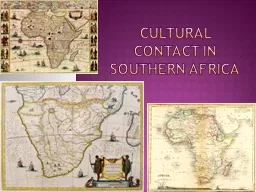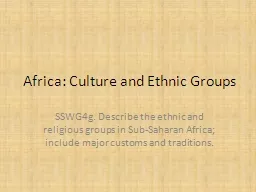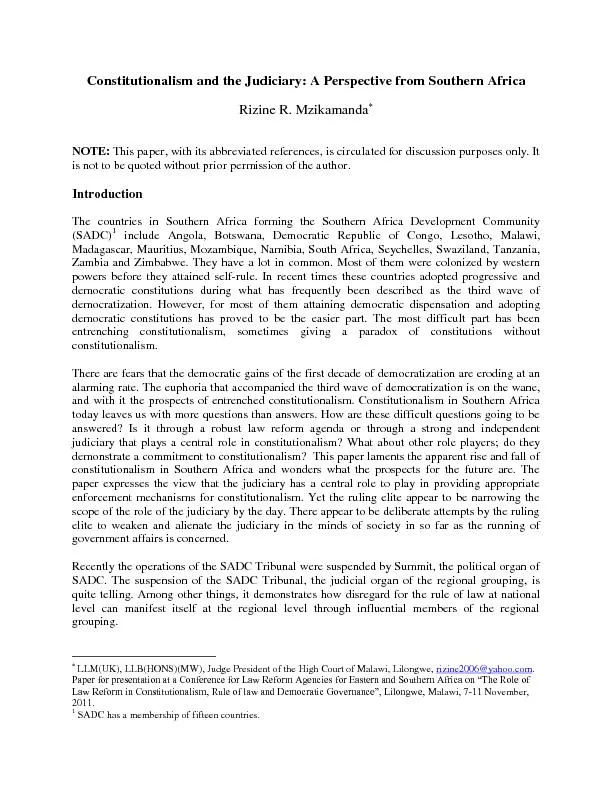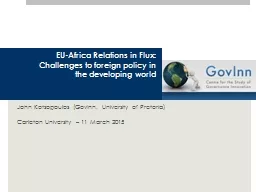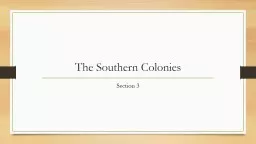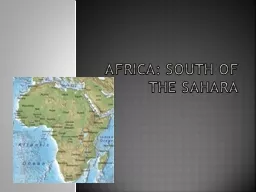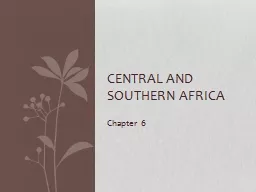PPT-Cultural Contact in Southern Africa
Author : marina-yarberry | Published Date : 2016-05-19
From Cultural Contact in Southern Africa Online Source httpchnmgmueduwwhmoduleslesson7lesson7phps0 The Portuguese explorer Bartholomew Diaz first saw the Cape
Presentation Embed Code
Download Presentation
Download Presentation The PPT/PDF document "Cultural Contact in Southern Africa" is the property of its rightful owner. Permission is granted to download and print the materials on this website for personal, non-commercial use only, and to display it on your personal computer provided you do not modify the materials and that you retain all copyright notices contained in the materials. By downloading content from our website, you accept the terms of this agreement.
Cultural Contact in Southern Africa: Transcript
Download Rules Of Document
"Cultural Contact in Southern Africa"The content belongs to its owner. You may download and print it for personal use, without modification, and keep all copyright notices. By downloading, you agree to these terms.
Related Documents

